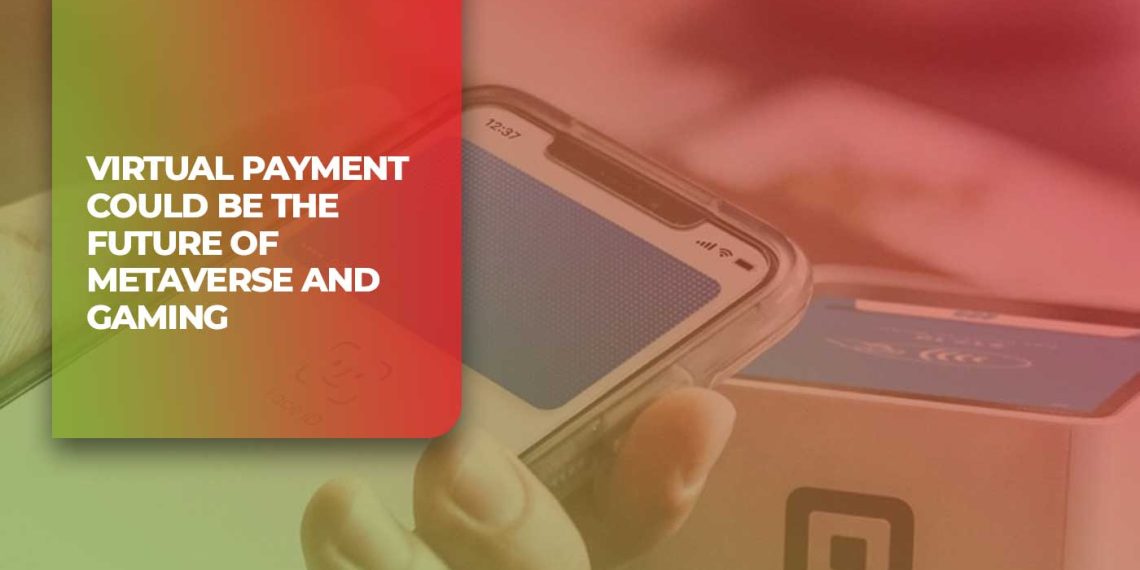Gaming is certain to be a vital part of the early evolution of the metaverse, while the metaverse will also revolutionize future gaming experiences. An essential element for any industry attempting to seize this emerging opportunity in spatial computing and internet convergence that seeks to become humankind’s next platform for connection is setting up an advanced payments framework. The essential element for connecting our current physical and modern digital realms while also establishing the foundation of metaverse platforms is creating a practical payment system that is dynamic, adaptable, and incredibly versatile. Similar to how in-game purchases revolutionized gaming years ago, virtual payment options will shape the use cases of the metaverse, which opens up vast opportunities to generate revenue from this novel medium.
Metaverse Will Offer Big Monetization Opportunities to the Gaming Industry
The metaverse is a cutting-edge technology that combines the latest advancements, like AI and ML, with virtual and augmented reality. To create an immersive experience in this digital world, physics must be applied to 3D objects so they behave just as their physical counterparts would under natural laws. Consequently, we can explore entirely new ways of interacting with each other across real and virtual space.
The metaverse‘s development depends on an efficient in-game virtual payment system that also recognizes virtual assets – like clothing, weapons, and accessories. This allows gamers to customize their digital characters while playing games which can help fill the void of physical and social interaction. Furthermore, with features such as non-fungible tokens (NFTs), players are empowered to create a truly unique online identity and presence within this immersive environment.

This Monetization Can Be Increased With A Faster Payment System
To the displeasure of many players, certain video games have begun utilizing in-game purchases and virtual wearables as a primary revenue source. In this metaverse, there are various ways for users to generate income; Play-to-earn (P2E) is one approach that gaming studios and other businesses are taking advantage of by allowing gamers to make assets through missions and tasks, then providing an outlet for those items to be bought or sold.
For quick, seamless connections to banking infrastructures that power microtransactions, enabling gamers and other platform users to make real-time virtual payments across games, virtual worlds, or digital marketplaces is a must. Due to the metaverse being in its early stages of development, businesses should ensure that their virtual payment infrastructure can support multiple methods for greater flexibility and advancement as more options come about – especially with most platforms based on blockchain technology, making cryptocurrency an ideal choice.
PYMNTS’ February 2023 report reveals that a staggering 40% of millennials and members of Gen Z have an overwhelming interest in the metaverse. As digital natives, they are very familiar with utilizing digital wallets to make secure transactions online while seamlessly transitioning between platforms using their virtual identities as transaction identifiers.
You may be interested in: Centre Pompidou, France’s Prestigious Modern Art Museum, is Going to Host CryptoPunks and Autoglyphs













